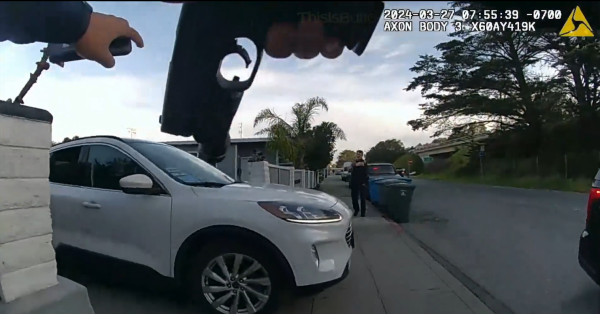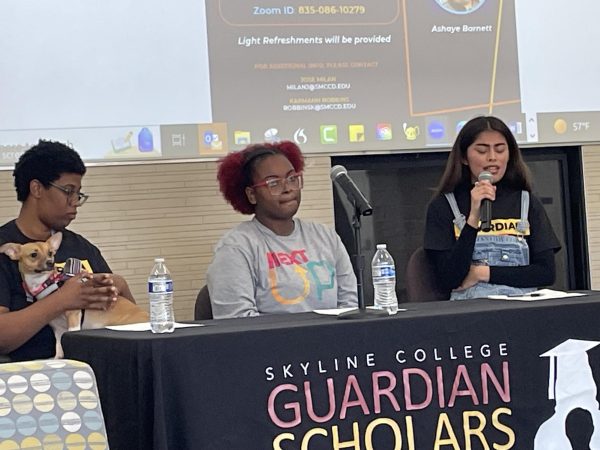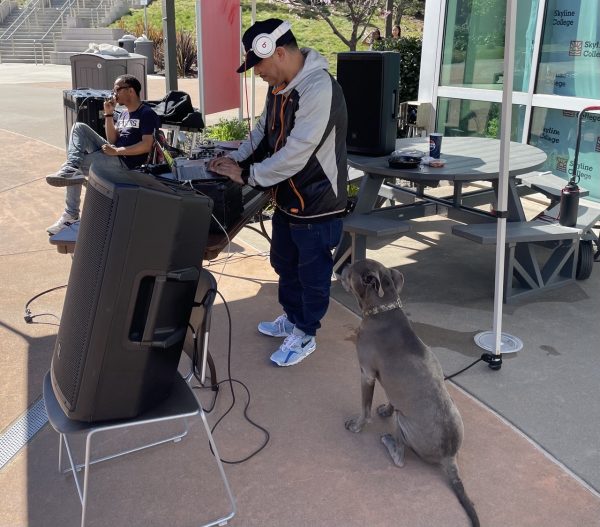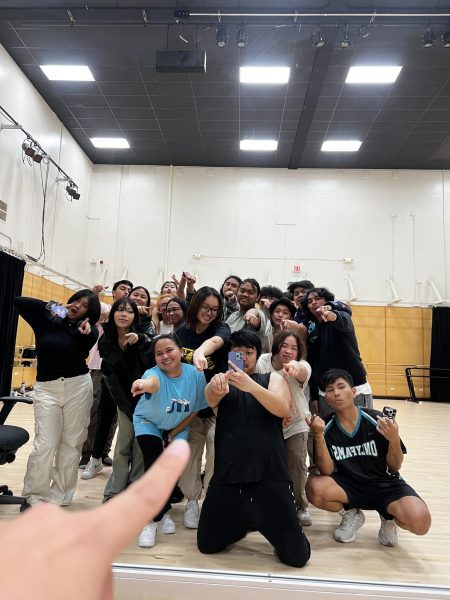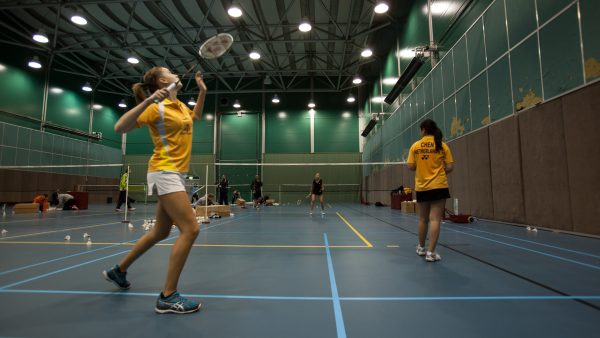Skyline is making the most out of teaching communication through a screen
The Skyline Communication Studies Department was tasked with the unique challenge of teaching public speaking through a screen.
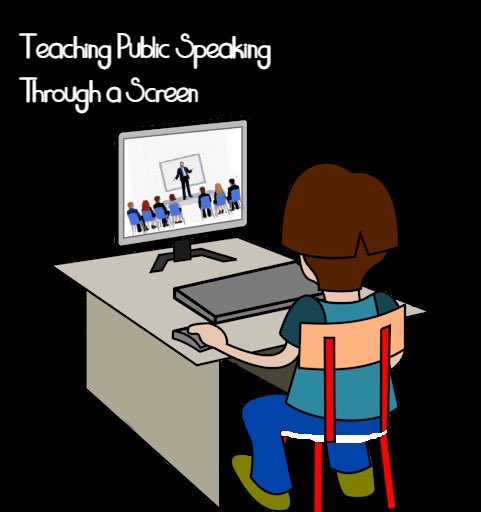
At Skyline College, the communication studies department has spent the year learning how to answer one very important question: How do you teach communication and public speaking through a screen?
Over the last year, the education world has had to learn how to adapt to a world of lockdowns and uncertainty. At Skyline College, the communication studies department has spent the year learning how to answer one very important question: How do you teach communication and public speaking through a screen?
Jessica Hurless, a professor of communication studies at Skyline College, has dealt with the challenges of teaching a class on interpersonal communication.
“Communication is so much being able to see and interact with another human being, especially interpersonal communication,” Hurless said.
Her course contains weekly Zoom calls, during which she hopes to tackle this problem. While not every student always has their video on, she believes the ability for students to hear each other “helps a little bit with interpersonal (communications).”
Vincent Chandler, an assistant professor of communication studies at Skyline College, stressed the importance of making his course relevant to his students.
“The biggest challenge, the biggest difficulty in my experience, is this idea of relevance,” Chandler said. “How do we make everything relevant for students who are not just trying to figure out their life, but are trying to figure their lives out in unprecedented times?”
One way professor Chandler has kept his course relevant and engaging is in the discussion posts within his class. When responding to a reading notes assignment, his students are asked an additional question outside of the coursework: How are you doing?
“Engagement has been consistently high,” Chandler said. “(Engagement) looks different, but ultimately it looks different because our world is fundamentally different right now.”
Hurless takes time to ask each of her students a silly “would you rather” question.
“Students are like, ‘Oh my gosh, this is so crazy!’” she said. “It lightens the mood a little bit, but I get to hear everybody’s answers.”
Both professors have learned that flexibility is key when it comes to teaching communications classes. Chandler has adapted his office hours to accommodate students, having them take place early in the morning or late at night. Hurless came up with new ways students can demonstrate their skills.
“I try to create activities or assignments where if they’re not communicating with me or with classmates, there’s a way I can have them interact with somebody else in their space,” Hurless said. “So, they may not be demonstrating the interpersonal communication in front of me, but they are still engaging in it somehow in their life.”
Despite the success of both Hurless’ and Chandler’s efforts, there’s a limit to what can be done over a Zoom call. Linear communication has taken the place of transactional communication. Conversations have gone from interacting with people to speaking into the void of a computer screen.
“It may increase the anxiety of speakers, because you can’t get that nonverbal feedback to know if your joke is landing, if your message is being understood,” Hurless said.
The challenges and successes of teaching communication studies online have raised questions about the future of teaching.
“Students are learning a new skill set that I think will be beneficial. … Learning to provide nonverbal feedback on camera, to talk to a camera and look at it and gesture higher or use more vocals,” Hurless said.
The communication studies department, like all others, has been forced to adapt to the pandemic. Going forward, professors hope to learn from the experiences they had during this time to better prepare students for a new world of conference calls and online speaking.



